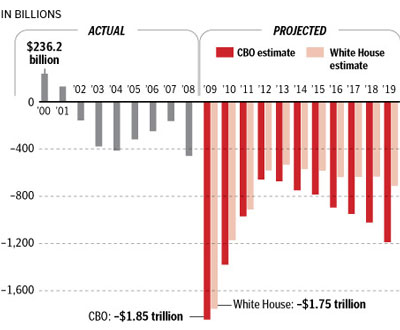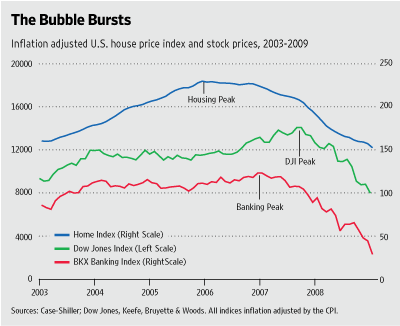UPDATE: We now have evidence of Steve Rattner’s expertise in the issues of GM’s financial crisis. He has experience with pension fraud.
A Securities and Exchange Commission complaint says a “senior executive” of Mr. Rattner’s investment firm met in 2004 with a politically connected consultant about a finder’s fee. Later, the complaint says, the firm received an investment from the state pension fund and paid $1.1 million in fees.
The “senior executive,” not named in the complaint, is Mr. Rattner, according to the person familiar with the matter. He is co-founder of the investment firm, Quadrangle Group, which he left to join the Treasury Department to oversee the auto task force earlier this year. Neither Mr. Rattner nor Quadrangle has been accused of any wrongdoing. Mr. Rattner did not return calls for comment.
Well, at least he knows the issues.
With the firing of GM CEO Waggoner, the Obama administration has embarked on a program of corporate socialism reminiscent of Mussolini in the 1920s. Obama threatens corporate executives, telling them, “My administration is the only thing between you and the pitchforks.” Hmmm. Were those the pitchforks forged in the House Financial Services committee ? And, who are the pitchforks aimed at, really ?
It is notable that no one with auto industry experience is involved in the “task force” that took over.
In session after session in a warren of offices at the Treasury Department, the team has sat through tutorials on dealer financing, studied basic data and debated the future of U.S. car sales. They have spent days trying to understand the complexities of the hundreds of companies that supply the car companies with axles, seats and other parts.
Steven Rattner, a former journalist-turned-investment banker, was picked last month to head the team. He reports to Treasury Secretary Timothy Geithner and Lawrence Summers, the chief White House economic adviser. Mr. Rattner compares the challenge to a complicated puzzle.
“It’s like a Rubik’s cube, trying to untwist it and trying to get all the colors to line up,” he said in an interview. “So we’ve learned a lot about how car dealers work, and how companies get paid when they sell a car to a dealer, and why there are a certain number of dealers more than are optimal. Have we learned everything? Of course not, but I think we are learning what we need to learn to do this job.”
Of note are Rattner’s credentials.
Mr. Rattner started his career as a financial reporter for The New York Times. He has been active in New York’s Democratic Party, holding a variety of fund-raisers for candidates; he originally backed Hillary Clinton for president. Mr. Rattner’s wife, Maureen White, was a co-chairwoman of finance for Mrs. Clinton’s campaign.
He previously worked at Lehman Brothers, Morgan Stanley and Lazard as a mergers and acquisitions specialist.
Certainly gives one confidence, doesn’t it ?
How about the others on the task force ?
The team’s industrial expertise comes from Ron Bloom, a scrappy Harvard Business School graduate who gave up investment banking in 1996 to work as a top adviser to the United Steelworkers union…
Several team members, such as Brian Deese, a 31-year-old former Obama campaign aide, are on loan from the White House’s National Economic Council. Three others specialize in climate change. The rest come from agencies such as the Energy and Labor departments. Backing them up are about 30 accountants and advisers.
Yes, GM is in good hands.



